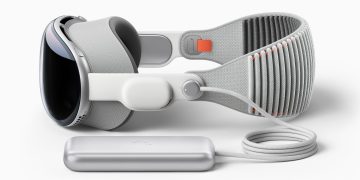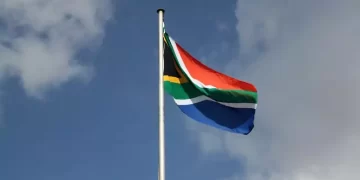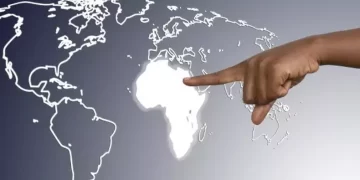Fisheries
Ghana has access to significant and valuable stocks of fish.Total domestic production, including aquaculture, is roughly 440,000 tons each year.
According to Ghana’s Ministry of Food and Agriculture (MOFA), fish production is worth in excess of US$ 1 billion in income annually.In terms of the overall economy, the fisheries sector accounts for at least 4.5% of GDP.
These figures underscore the prominent role that fisheries play in the Ghanaian economy as they have done for many generations past.

However, reports from the FAO showed that the cost of producing fish in Ghana is alarming.The evidence available suggests that fish production costs are approaching or exceeding income in all inshore marine capture fisheries over recent years.
There is also evidence that costs are increasing in inland fishing fisheries and what profitability that remains is being rapidly dissipated.Tuna fishery production and capacity has remained relatively stable but fishers report escalating costs as fish are migrating offshore and business compliance costs are increasing.
According to the UN, fisheries management expenditure in Ghana (measured as a % of total income) is less than 2% of average expenditure in OECD countries (i.e. 17% of revenue).Overall, there is little or no surplus of income over expenditure in Ghana’s fisheries and where some profitability remains, it is being lost.

This problem has unfortunately been exacerbated by government social interventions and donor activity that has directly or indirectly subsidised fishing effort.Marine fisheries comprise over 70% of the national catch, accounting for an estimated 374,229 metric tons (mt) per year; meaning that fish constitutes an important food source, commodity and industry in Ghana.

Statistics from the Fisheries Commission indicate that fishing in Ghana increased considerably in the late 1960s, from 105,100 tons of marine fish caught in 1967 to 230,100 tons in 1971. In 1982 the yield was 234,100 tons, composed of 199,100 tons of marine varieties and 35,000 tons of freshwater fish from Lake Volta.

The industry was hit by fuel shortages, inadequate storage facilities, and the general economic difficulties of the 1970s and the 1980s.Nevertheless, by 1988 the fish catch was 302,900 tons; by 1991 it amounted to 289,675 tons, down from more than 319,000 tons in 1990.Inland fish catches in Ghana, are taken from Lake Volta, Other Lakes, major rivers and aquaculture.The Lake Volta is the most important inland fishery Lake.
The lake Volta covers a total of 1232 communities.
It has an average depth of about 19m a maximum depth of 90m a maximum operating depth of 84.1m and a storage capacity of 190km and covers an area of 8,480km and a length of 410km.
The lake bridges to climatic zones, the northern part of the lake having a single peak of rainfall which the south part has a bimodal rainfall pattern.Others include Bosomtwi,Weija, Barekese, Tano, Vea and Kpong.The Lake Volta is rich in fish and about 140 species of fish could be identified in it.The most important of Ghana’s lagoons is the Keta lagoon with a potential yield of 4,000 tonnes per annum.
The most important commercial lagoon species in Ghana are tilapia, grey mullets, crabs, shrimps and oysters (Anon 2003).Many lagoons are over-exploited, have changed their characteristics since the construction of the Akosombo dam or suffer extreme pollution.

As many as 2.2 million people are dependent on the fisheries sector for their livelihoods including some 135,000 fishers in the marine sector alone of which 124,000 (or 92%) are artisanal fishers.
Many of these livelihoods are based in rural areas that have thus far remained at the margin of the country’s economic growth.
There is therefore much at stake when considering how to develop fisheries and aquaculture into the future.
Economic losses in Ghana’s fisheries have direct impacts on fishing communities because the income generated from fishing is not enough to cover the costs of fishing.

As a result there are no profits left to invest in improving the quality and value of the catch and the people reliant on fishing are getting poorer.
In summary, the fishing industry in Ghana has reached a low level equilibrium that provides little prospect for improving the welfare of fisher people in Ghana or contributing to the economy as a whole.
While the information needed to provide an actual estimate of the potential economic value (i.e. the surplus of income over expenditure) in Ghana’s fisheries is not available there is no doubt that significant economic returns could be generated under effective management.

International experience suggests that such returns could be in the order of 30 – 60 % of fishery revenue or at least US$300 million per year as a result of efficiency gains (e.g. reducing fishing effort) and value added improvements (e.g. changes in processing techniques to target high value markets and reduction in post-harvest losses).

































